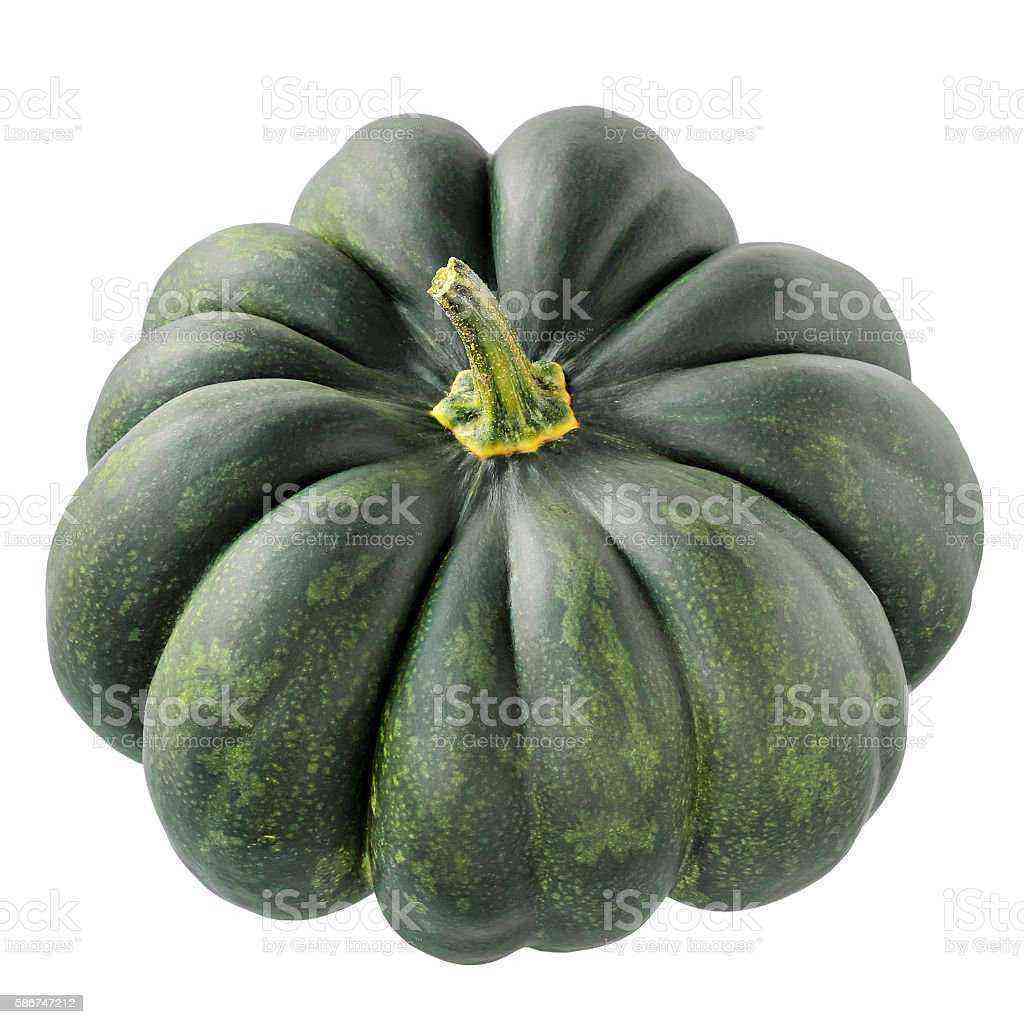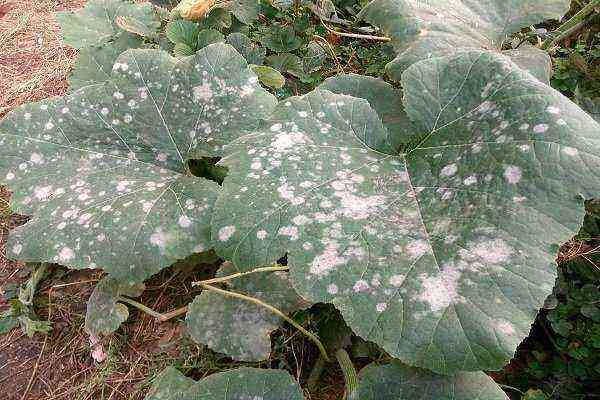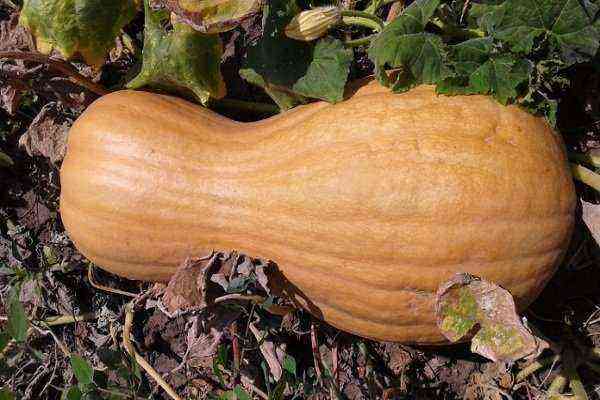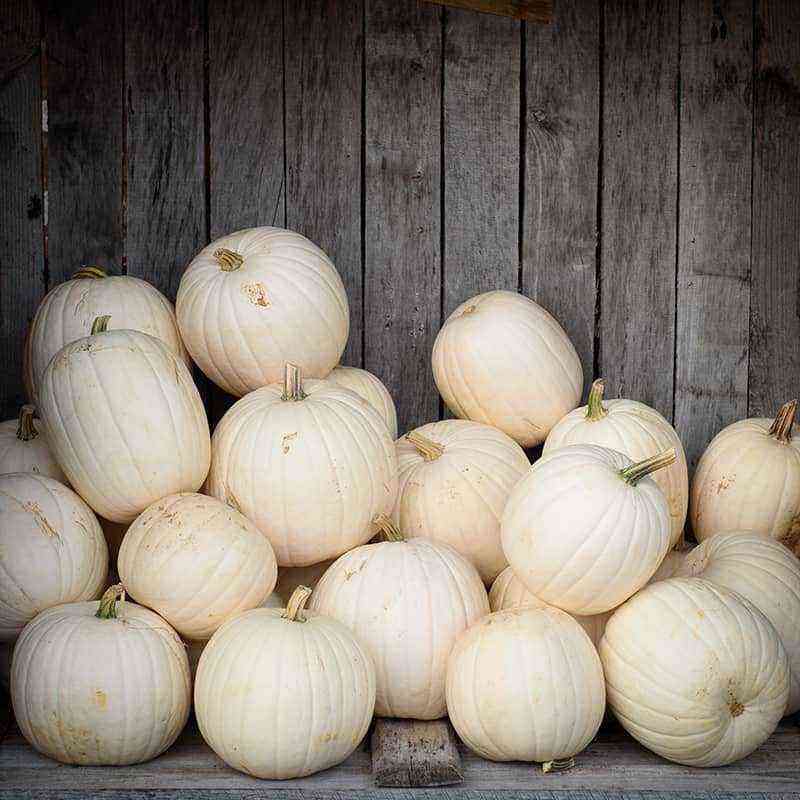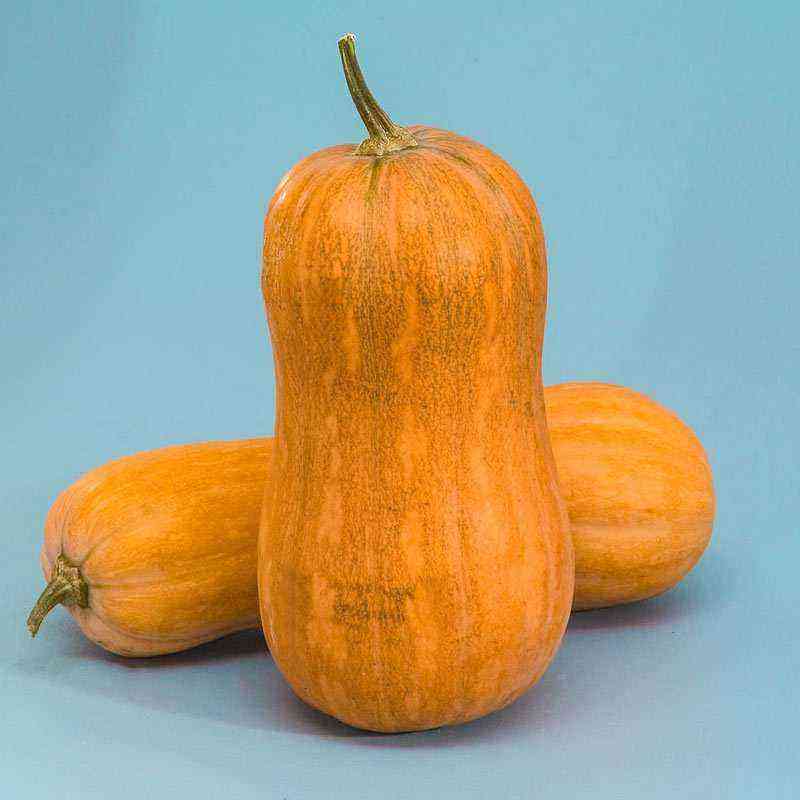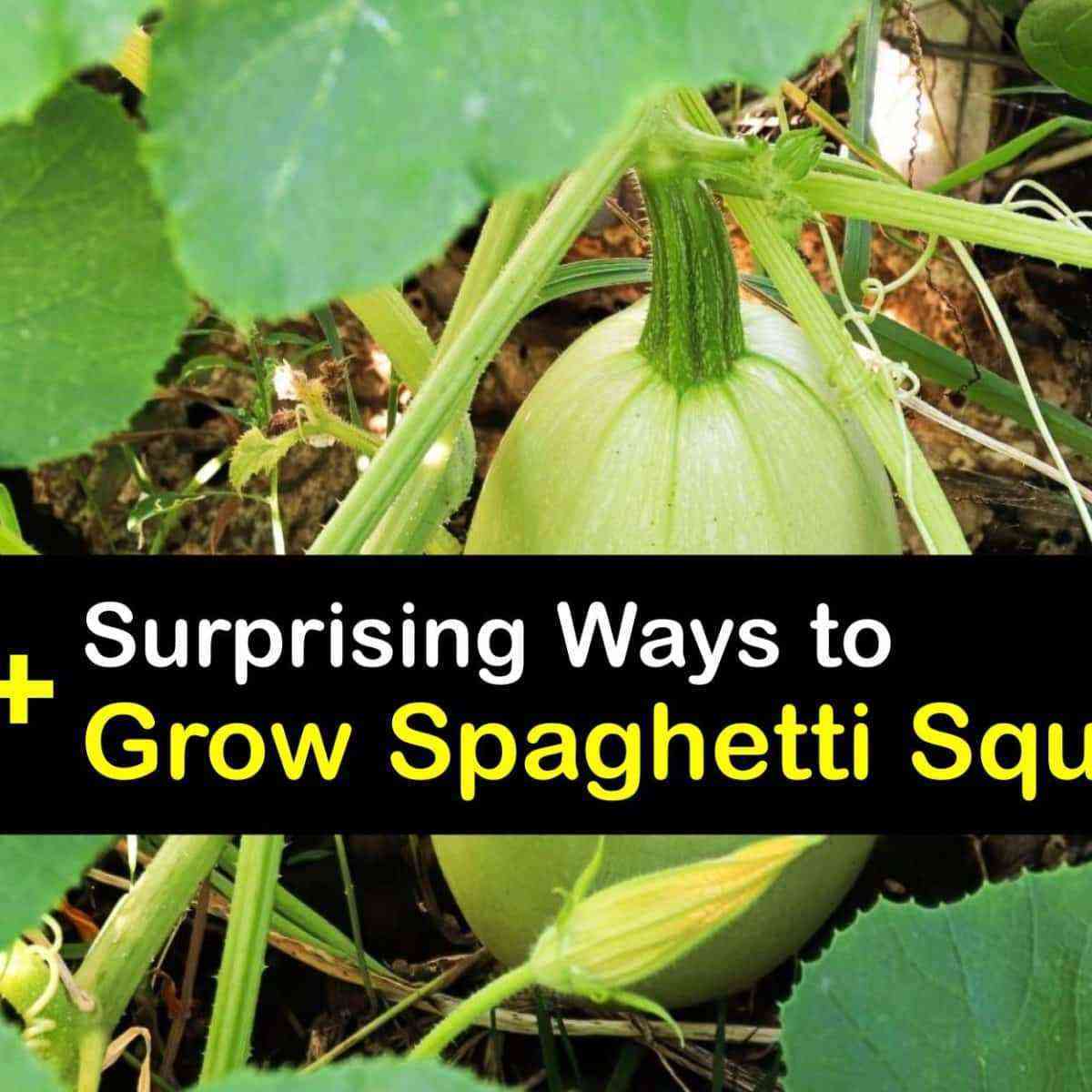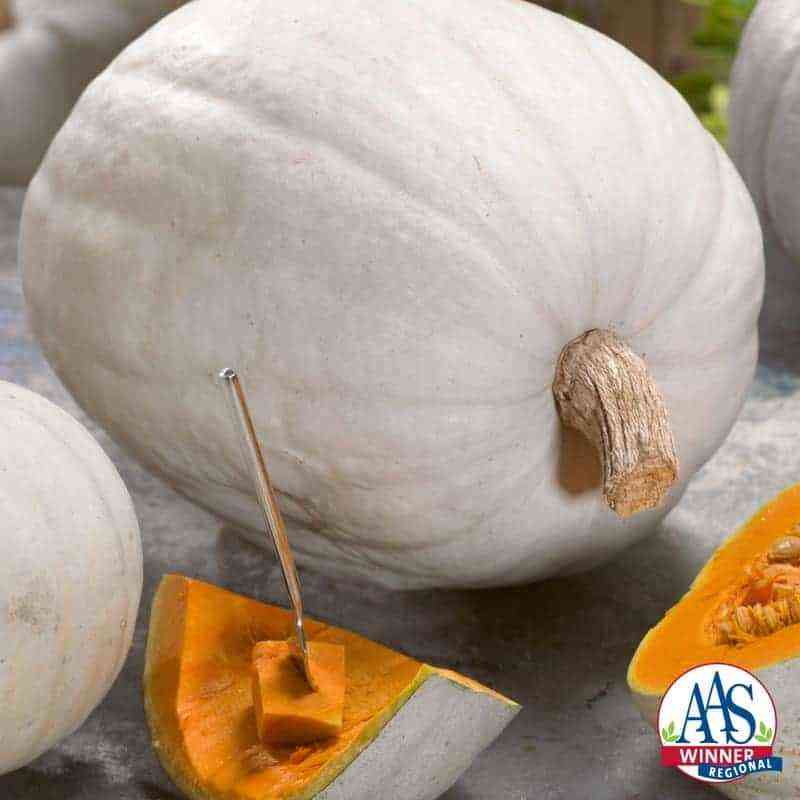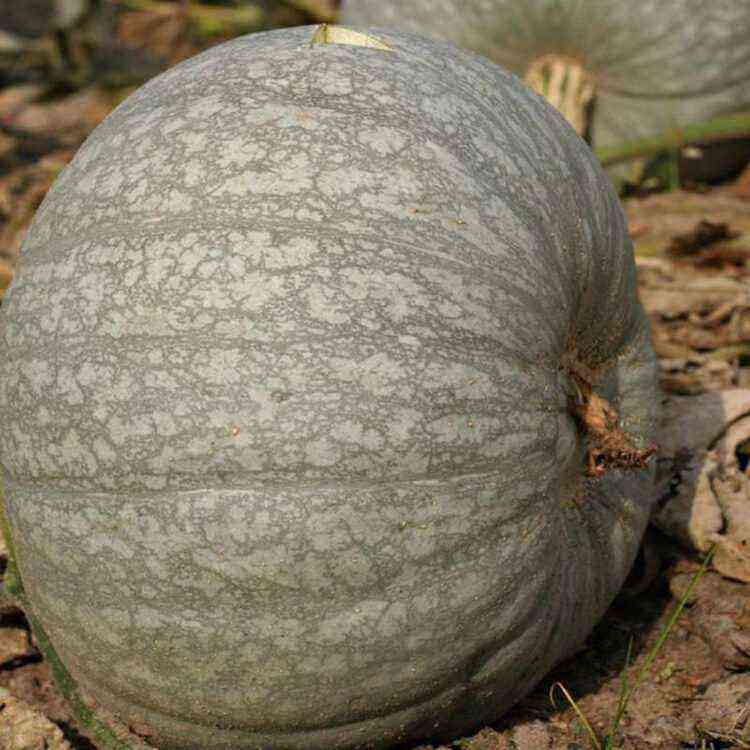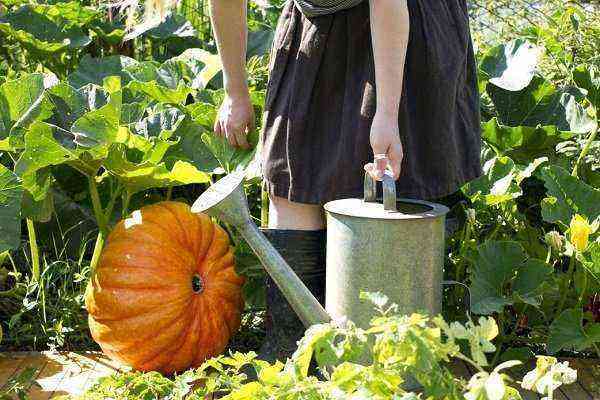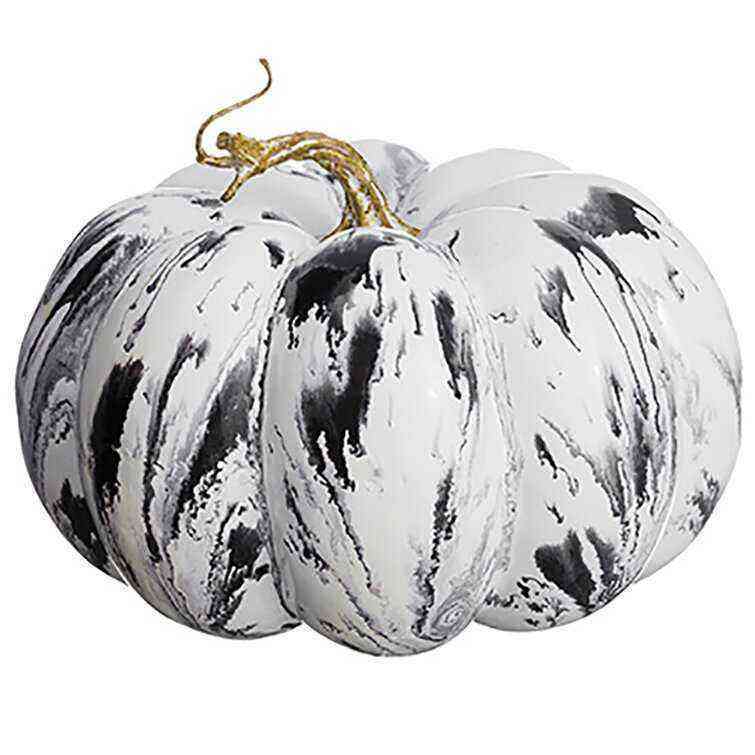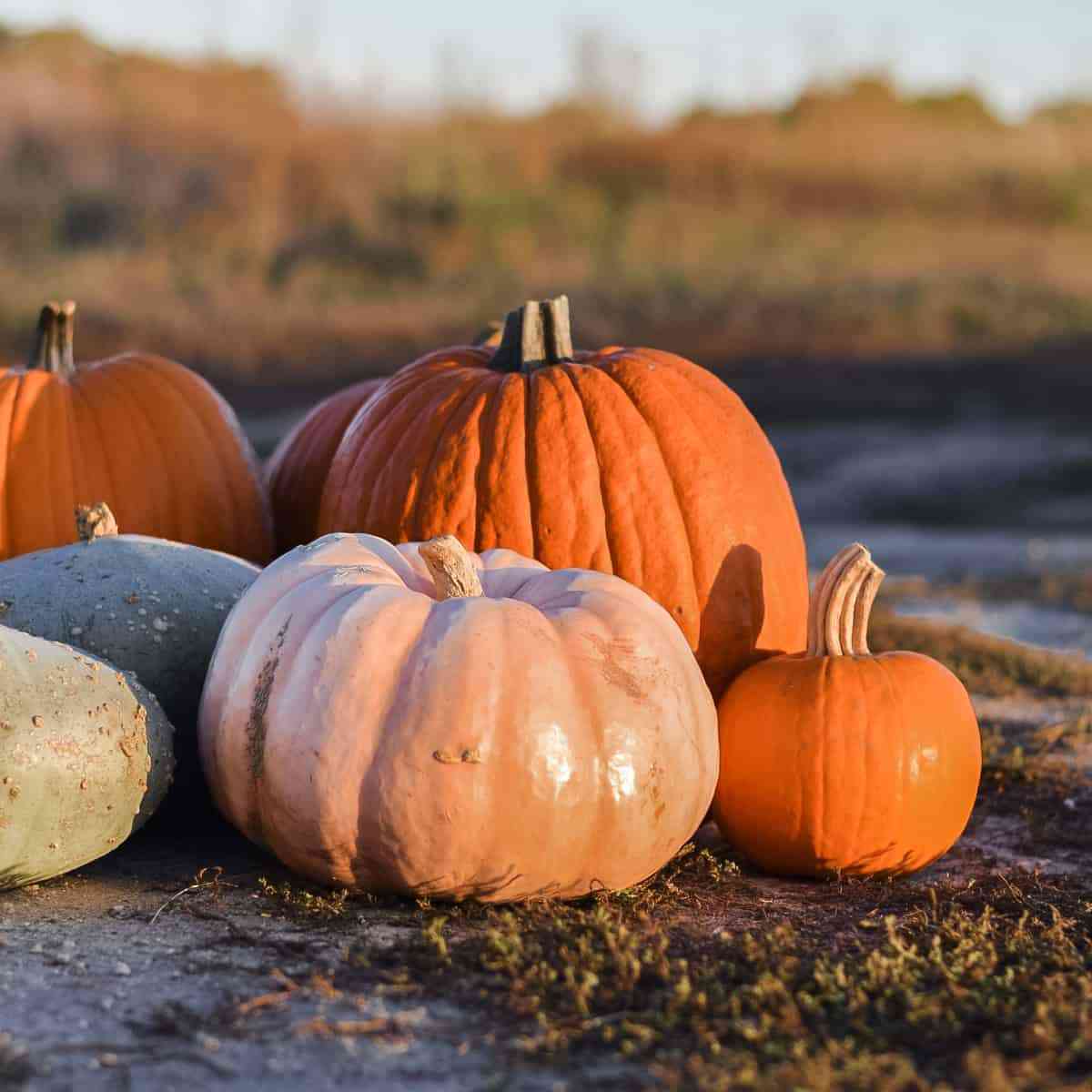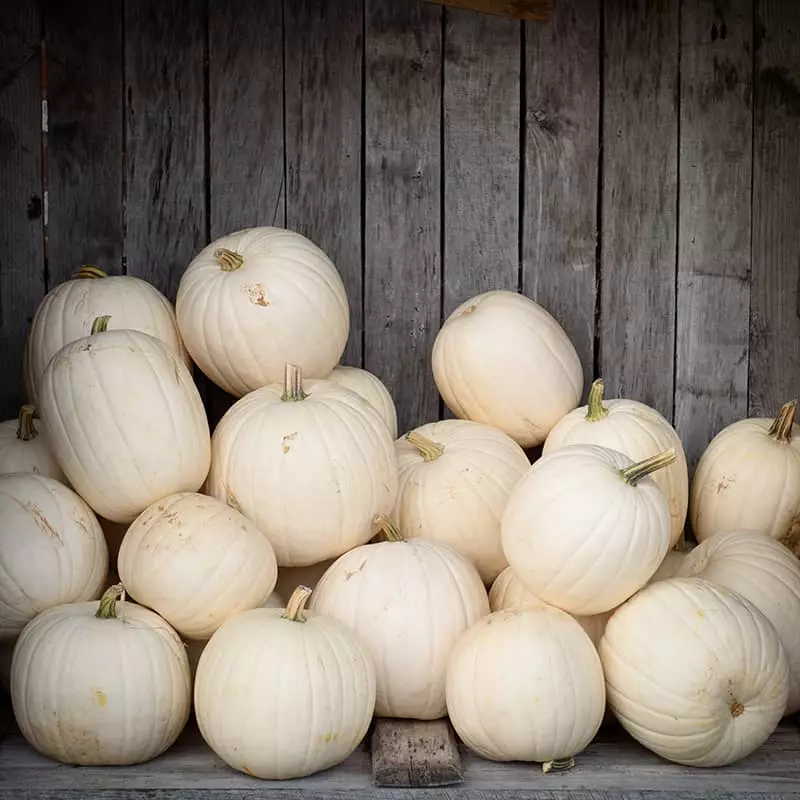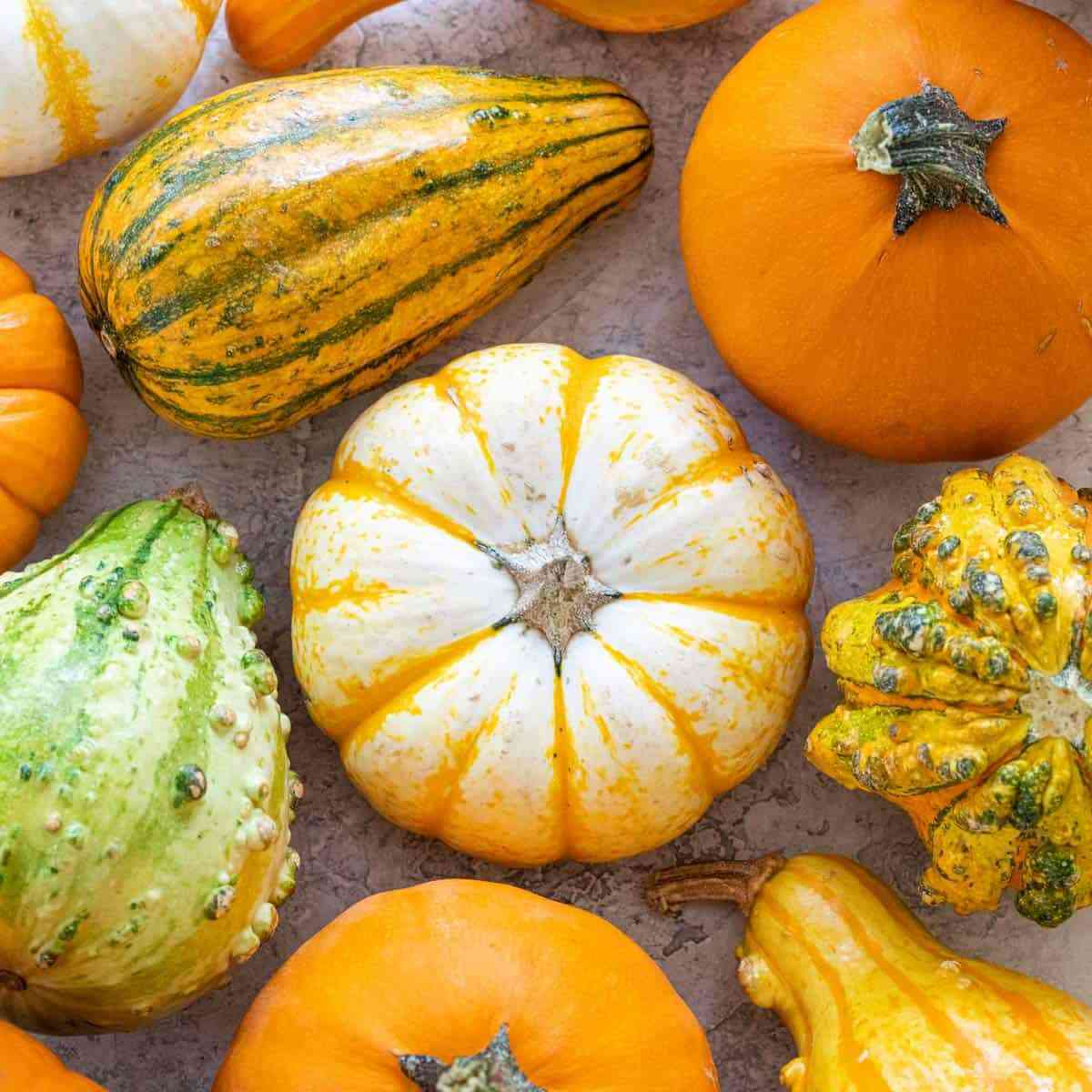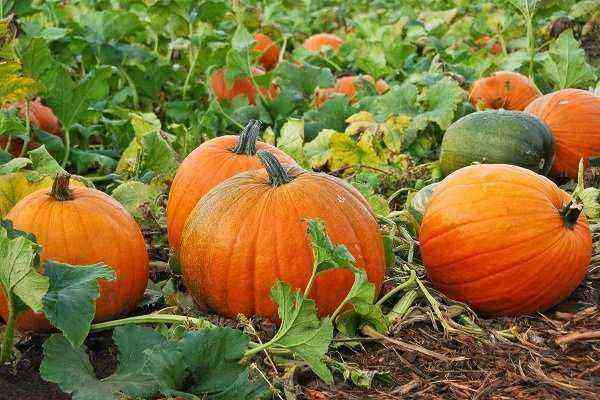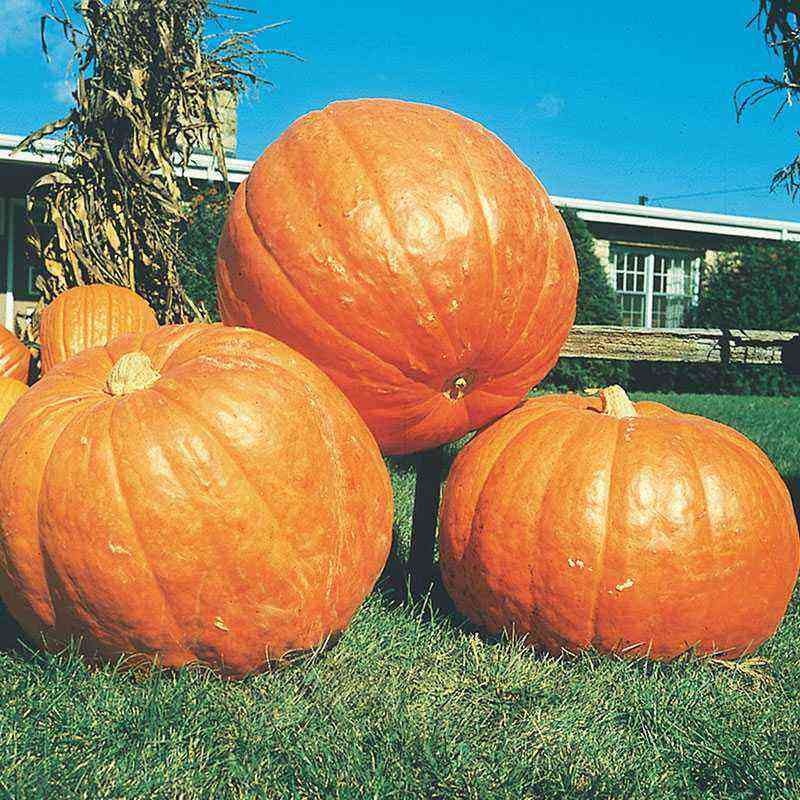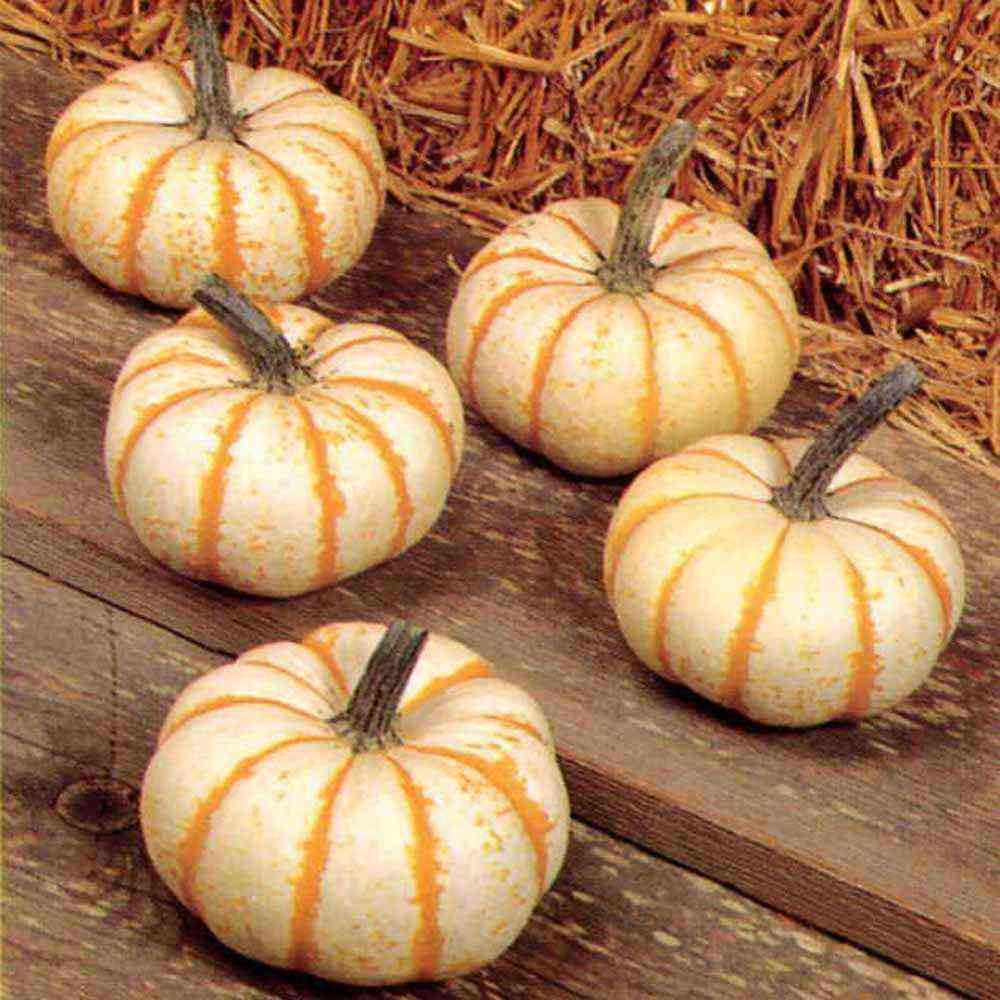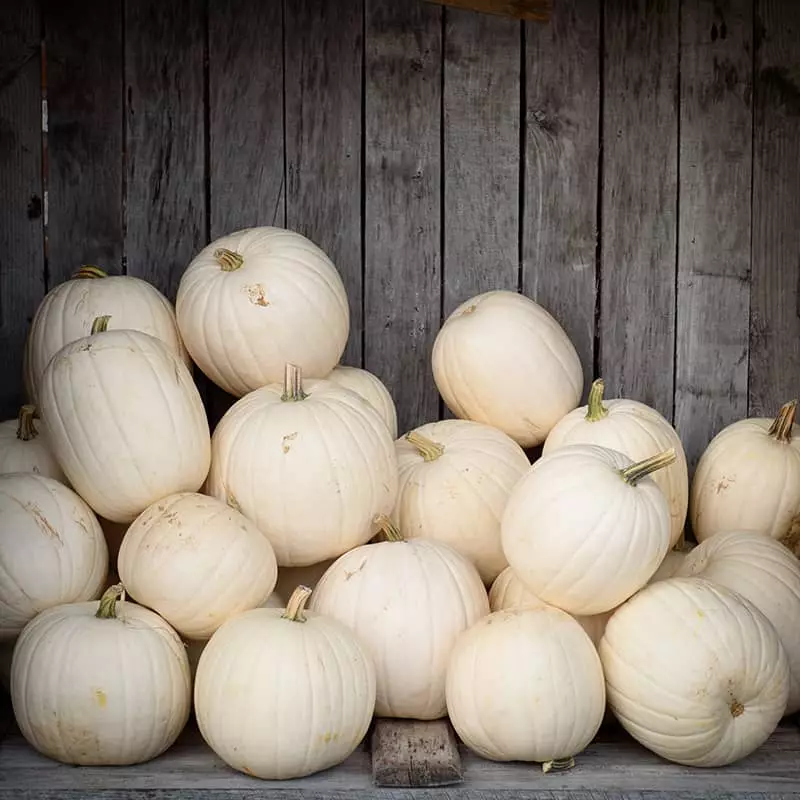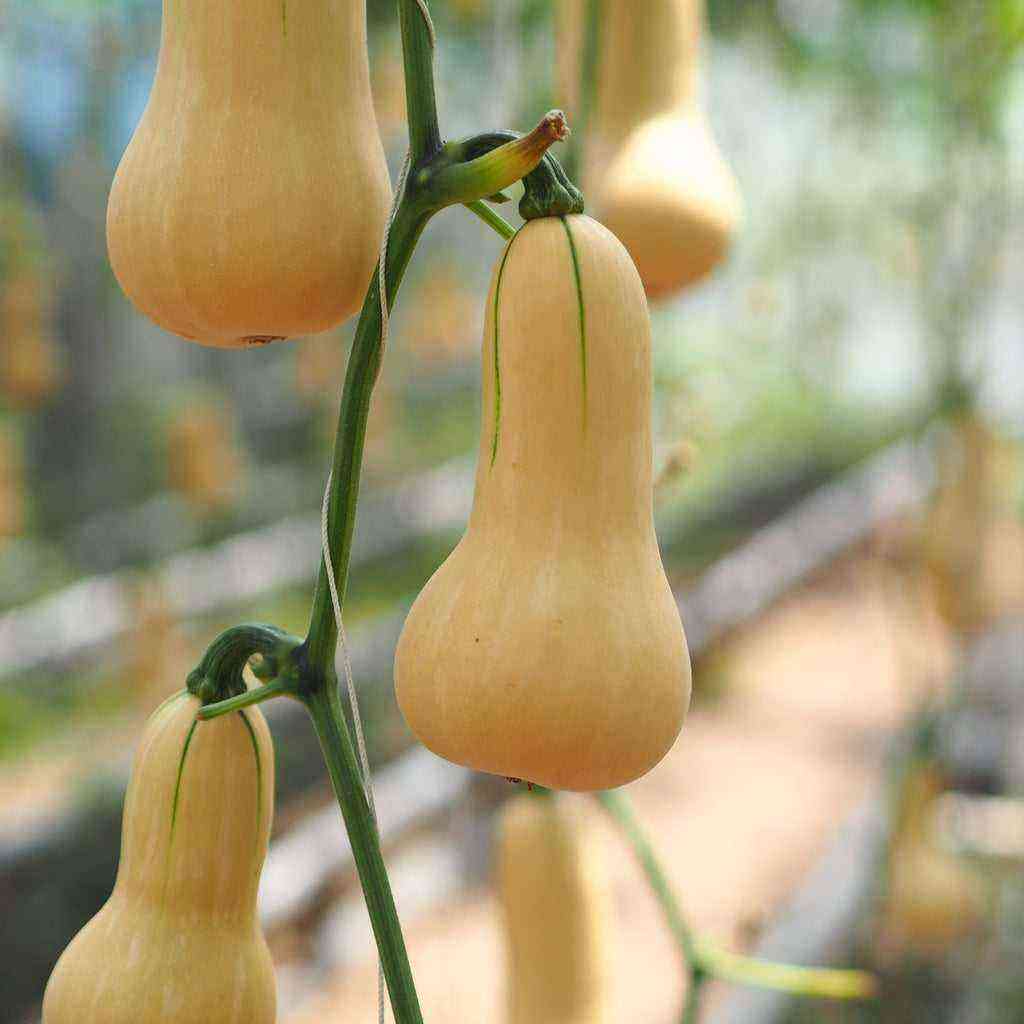Benincasa or wax gourd is an annual crop, more common in the southern regions of the country. Fruits contain many useful substances, have good taste and can be stored for a long time. You will learn about other advantages of a vegetable and how to grow it while reading this article.
Pumpkin Benincasa
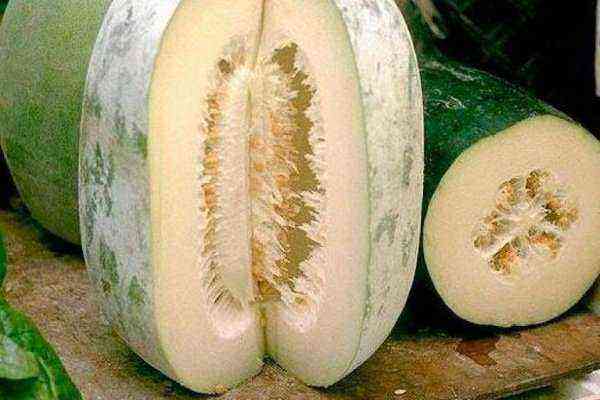
Benincasa has many health benefits
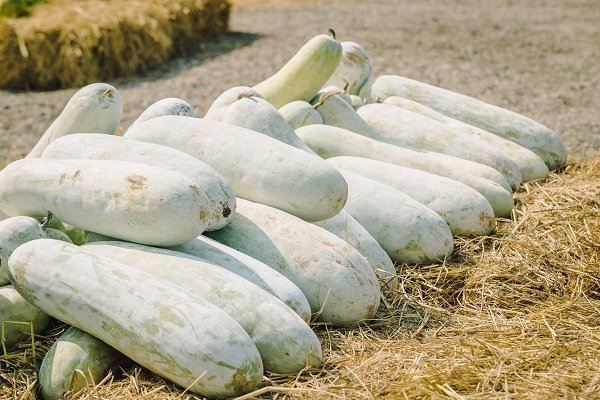
Benincasa can be stored for a long time in a cool and dark place.
Origin
Benincasa is a separate variety of pumpkin and belongs to vine-like crops. Southeast Asia is considered its homeland, but today it has gained popularity in many warm countries and is gradually spreading to the south of our country. The vegetable is valued for its medicinal properties and long shelf life.
Description
The main characteristics are:
- stems. Thin, reach a length of 4 m. Covered with medium-sized leaves.
- Flower. It blooms very beautifully – at the same time several large orange flowers with a rich aroma appear.
- Fruit. When creating good conditions, you can grow vegetables weighing up to 10 kg. They have an oblong shape and a greenish tint. From above they are covered with a wax coating and small villi that perform a protective function.
- Pulp. Pale white. Juicy, has a sweetish taste with a slight sourness.
The main characteristics of the pumpkin Benincasa:
Vegetation period, days
Fruit weight, kg Planting time for seedlings, month Time for transplanting into the ground, month Time for sowing seeds into the ground, month
Productivity, fruits from a bush
80
4-5
4-5
5-6
5-6
12
You can learn more about the features and properties of the Benincasa wax gourd while watching the video below:
Useful Properties
Benincasa fruits contain many vitamins and nutrients, so the pumpkin is often used for medicinal purposes. Not only the pulp, but also the peel, seeds, leaves have medicinal properties.
The use of wax gourd is recommended for diabetes, cardiovascular and gastrointestinal diseases.
What is the use:
- improves the work of the gastrointestinal tract;
- normalizes metabolism, which facilitates weight loss;
- has a diuretic effect, it helps in the fight against high blood pressure;
- removes excess cholesterol from the body;
- has an antipyretic effect;
- increases the protective functions of the body;
- cleanses the body of toxins, especially with alcohol poisoning;
- reduces the load on the cardiovascular system;
- relieves puffiness;
- wax is used in cosmetology.
How to grow?
There are several features of growing wax gourds.
Through seedlings
In the North and in the central regions, the vegetable is grown in seedlings.
Time and method of sowing
Seeds for seedlings are planted 25-30 days before transplanting to a permanent place.
What to do:
- prepare a container for planting, preferably peat pots;
- fill them with soil for seedlings;
- make a hole in the soil, 1-2 cm deep;
- drop 2 seeds into each hole;
- sprinkle with earth;
- pour water at room temperature;
- transfer the pots to the south windowsill.
After germination, the weaker sprout is carefully cut with scissors.
Conditions for growth
In order for seedlings to grow well, it is necessary:
- Temperature. Maintain within 25 degrees. Before sprouts appear, provide additional thermal insulation. To do this, cover the pots with a transparent film.
- Watering. Do this with a spray bottle. Spray the plants regularly from the time of planting as the soil dries out.
- Hardening. 1 week before planting in the ground, plants should be taken outside and left for 3-4 hours to allow them to adapt to climate conditions.
Transplant into the ground
Planting plants in the ground should be closer to the beginning of June, when the weather outside is consistently warm. You can also transplant into a greenhouse, where the temperature is constantly maintained at 25-30 degrees. This method is suitable for cold climatic regions, where the cultivation of heat-loving vegetables is possible only in a greenhouse.
How to do it:
- pour boiling water over the bed;
- dig holes at a distance of 70-100 cm from each other;
- carefully transplant seedlings, along with a peat pot;
- mulch the bed with foliage and humus.
Preparation of beds
You should remember the following rules when choosing a place for planting a pumpkin:
- Plot. Good lighting is required.
- The soil. Planted in fertile soil with low acidity.
- Precursor cultures. It is better to plant Benincasa in the soil in which beans, peas, potatoes, cabbage used to grow.
Do not use the soil in which the pumpkin was previously grown.
- Cooking. In autumn, the site needs to be dug up, then manure must be applied. In the spring, add mineral fertilizers.
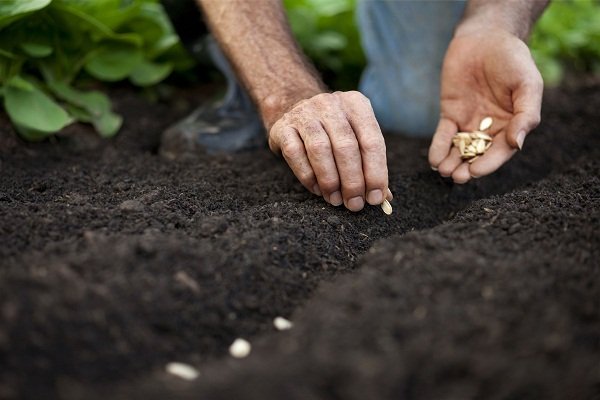
- Disinfection. For the prevention of many diseases, additional soil treatment with a solution of ash mixed with water in a ratio of 1 to 10 will help. The liquid is infused for 3 days. It is applied by spraying.
Sowing seeds in open ground
The temperature of the soil when planting seeds should be at least 10 degrees. Usually this method is used in areas with a hot climate.
Landing order:
- break the plot into rows;
- in each row, dig holes 4 cm deep (follow the scheme, as when planting seedlings);
- take 2 seeds;
- put them in each hole;
- sprinkle with a thin layer (about 2 cm) of soil or peat;
- pour;
- after germination, pinch off the weaker sprout.
Care
Do not forget about the rules of agricultural technology.
Watering
Recommendations are as follows:
- Frequency. Immediately after the trick, you need to water the plants daily. After 1 week, you can reduce the frequency to 2 times in 7 days.
- Temperature. Water for irrigation should be warm, about 20 degrees. Cold water can kill vegetables.
- Time. It is better to bring water in the late afternoon, when the heat subsides. If you do this during the day, a crust will form on the ground, and if water gets on the leaves, they may dry out.
- Amount. 1 plant requires about 5 liters of water.
- Way. Pour water under the roots, avoiding exposing them.
Feeding
What are the rules:
- Composition. You can prepare a mixture of ammonium nitrate, ammophos and potassium sulfate in a ratio of 2 to 4 to 2. The finished mixture must be added to 10 liters of water. 1 plant accounts for 4 liters.
- Frequency. During growth, it is necessary to make at least 2 dressings – after the appearance of the 4th leaf and the formation of lashes.
Shrub formation
Here are some tips to help you grow pumpkins:
- the formation will be more convenient if you put a trellis on the site;
- you need to direct the growth forces to 1 stem, for this all side shoots are removed;
- the central stem is pinched after the appearance of 3-4 ovaries.
Pollination
Usually carried out by bees. But if for some reason they rarely come to the site or the pumpkin grows in a greenhouse, you can do it manually.
Actions:
- choose a warm sunny day;
- carry out the procedure in the morning;
- take a soft brush and collect pollen from the “male” flower with it;
- bring to the “female” flower and carry out pollination.
Pest and disease control
Parasites dangerous to Benincasa are:
- Melon horn. It harms the ovaries and leaves, causing them to curl and rot.
It starts up due to the abundance of weeds on the site, so you need to pay attention to weeding. You can also spray the pumpkin with a low concentration soap solution.
- Spider mite. Sucks juices from pumpkin leaves, and then covers them with a layer of cobwebs, which leads to death.
Onion and garlic infusions help from the tick.
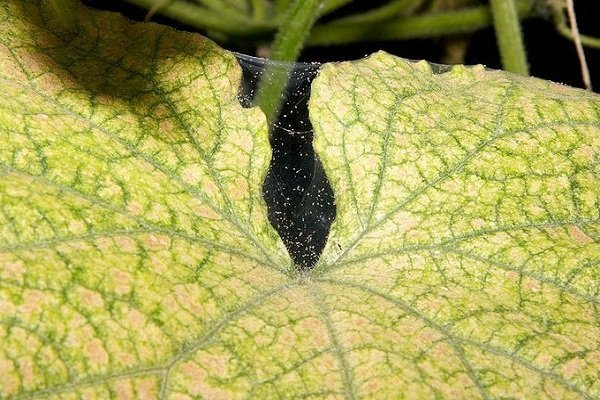
Possible illnesses include:
- Root rot. A fungal disease that affects the plant from the root. The result is complete extinction.
To avoid the development of the disease will help control the quantity and quality of watering, the frequency of feeding.
- Powdery mildew. The first signs of the disease are light spots on the surface of the plant, which gradually merge into 1. The result of development is the death of the plant.
Fungus spores can be in the soil, so you need:
- carefully dig the bed;
- reduce the amount of nitrogen fertilizers (organics) applied and increase phosphorus-potassium fertilizers;
- to observe a crop rotation;
- spraying with tincture of hay also helps.
- Mosaic. It appears as multi-colored spots on the surface of the leaves.
The disease is carried by insects, so you need to protect the plant from them in advance by treating it with insecticides, for example, Fitoverm. For those who do not want to use chemicals, spraying with infusion of onion husks can be advised. Prepared at the rate of 200 g of raw materials per 1 bucket of water.
Harvesting and storage of crops
What you need to know about it:
- Time. It is better to harvest before the frost period.
- Collection method. The fruits must be carefully cut with scissors or a knife, while taking care of the safety of the stalk.
- Sort. Immediately after harvesting, vegetables need to be sorted out. For long-term storage, only fully ripe pumpkins are suitable, on which there are no damages. Everything else is better to use in the near future or cut into pieces and freeze.
- Caution. In no case should the wax layer on the surface of the fruit be washed or washed off, because it is thanks to it that pumpkins can be stored for a long time.
- Conditions. Does not require special storage conditions. It is enough to place it in a cool and dark place.
Benincasa pumpkin can be stored at home, in a room, as long as it is not exposed to direct sunlight.
Advantages and disadvantages
The main advantages of culture are:
- Storage. Can be stored up to 2 years.
- Transportability. Fruits without loss of marketable qualities endure transportation.
- Agrotechnical measures. They are no different from caring for other pumpkin crops.
- Taste qualities. Benincasa can be consumed raw or cooked. It is canned, soups, cereals, mashed potatoes are prepared. Fruits make very useful sweets.
- decorative properties. Can be grown as a garden decoration.
The only negative is the inability to grow vegetables in the open field of the Northern regions. They do not tolerate cold well and can die at temperatures below -4.
Reviews
To learn more about the wax gourd, reviews of people who have already grown this type of crop will help:
Elena, 56 years. I have been planting Benincasa for the 2nd year. Last year’s crop lay in the cellar almost until spring and did not lose its appearance and taste at all. It is hot in our region in summer, so we manage to get a good harvest. The main thing is to water and fertilize on time. Ivan, 61 years old. My wife started growing Benincasa after reading that the fruits help to strengthen the cardiovascular system. Now we plant every year. I can’t say anything about the medicinal properties, but I really like the taste, I can even eat it raw. And the wife says that the fruits improve well-being with hypertension. Maria, 48 years old.I learned about Benincasa pumpkin from my neighbor. I really liked the beautiful flowers that appeared on her site. Now I grow these vegetables myself for decorative purposes. As a bonus, I get large fruits that can be added to soups and canned for the winter.
A video review of Benincasa pumpkin varieties can be viewed in the following video:
Before growing a wax gourd, you need to create suitable conditions for the culture. Take care of the air temperature and lighting, prepare the soil and take measures to prevent pests. This is the only way to grow large and tasty fruits.
